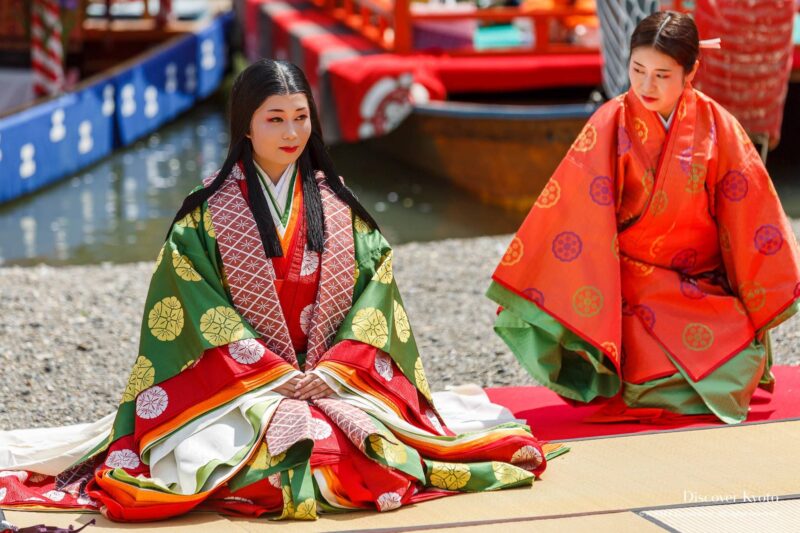
Sei Shonagon’s Pillow Book offers a look at the Imperial court from around 993 to the end of 1000, when she served as a lady-in-waiting for Empress Teishi. We don’t know Sei Shonagon’s true name. The name passed down to us combines the first character (Sei) of her clan name, Kiyowara, and her role at court as a Lesser Counselor (Shonagon). Her father, Motosuke (908-990) was a scholar and a bureaucrat. He helped compile imperial poetic anthology, which explains Sei Shonagon’s literary education. Throughout her Pillow Book, she references various poems and other literature. We don’t know what happened to her later in life. Legends include marrying or dying as an impoverished nun.
Sei Shonagon’s Pillow Book isn’t the only of its kind. It is just the best known. A pillow book was essentially a diary. Sei Shonagon’s book was designed to be read by others while still appearing personal. The book contains reminiscences about court happenings, her opinions, her comments, sketches, and various lists. Such books were called pillow books because they were kept under pillows for adding entries at the end of the day. Sei Shonagon’s book would have caused a stir when it first circulated. It appears to be a diary, after all, even if she intended it to circulate.
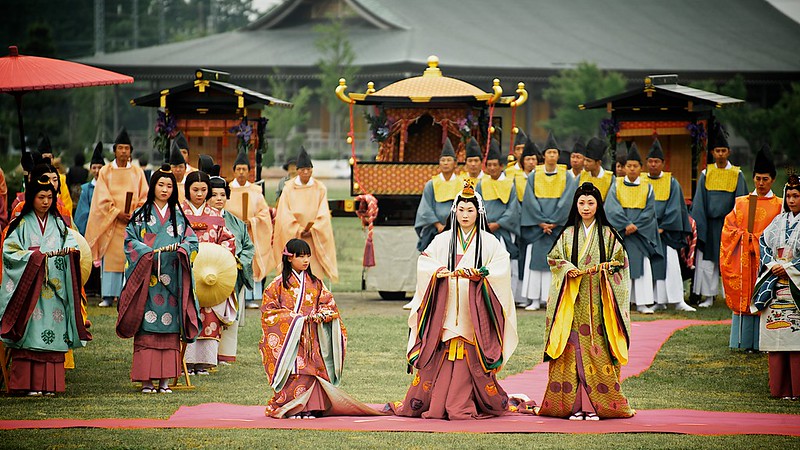
As for Sei Shonagon’s personality, she ranges from shallow and vindictive to showing her literary knowledge. Admittedly, my impression isn’t fair. Her shallowness has an element of desperation and boredom under it. After all, she and the other court women were well-educated and cloistered. Boredom appears to be a big problem. In one of her sketches, she and the court women build a mountain out of snow during a particularly snowy winter. They then make wagers as to when it will melt away that spring. Each day, Sei Shonagon watches the pile melt. She even asks a guard to protect it so she can win the contest. However, the Empress orders a retainer to kick the pile down the night before Sei Shonagon’s chosen date. The Empress regrets it and apologizes after Sei Shonagon gets upset. Sei Shonagon’s excitement at watching snow melt speaks of the boredom the court women had to fight against. Several other episodes, such as ones that deal with wayward dogs (which had court titles) and cats also speaks to this.
When she and the court women travel, Sei Shonagon’s literary skill comes out. She takes special care to depict the scenery and court attire. Her descriptions are vivid windows to a gilded world that appears beautiful and tranquil, but has a sadness, a lack of purpose, under the gilding.
Her lists are interesting and provide a window into her thinking in ways that are perhaps better than her stories. Such as this list:
155. Adorable Things
A child’s face drawn on a melon.
A baby sparrow that comes hopping over when we imitate a squeaking mouse. It is also a pretty sight when the parent bird comes to feed the chick an insect after we have tied a string to its leg.
When a child of two is crawling briskly along, it is adorable to see it alertly spot a tiny curl of dust, pick it up with its dainty fingers, and show it to an adult.
A child’s shoulder-length hair gets in her eyes, but she merely tilts her head to look at things instead of brushing the hair back. This is adorable–as is the fresh whiteness of the skirt cord tied above the waist to hold back her sleeves.
The tiny pages at the Courtiers’ Hall are adorable as they walk about in their splendid costumes.
A sweet child falls asleep, clinging to someone who has picked him up to pet him for a moment. This is also a pretty sight.
Doll things. A very small lotus leaf plucked from a pond. A small heartvine leaf. Anything small is adorable.
A roly-poly two-year-old with a delightfully fair complexion crawls into view, dressed in a long, purplish-blue gossamer robe with the sleeves tied back.
It is adorable to hear a boy of eight, nine, or ten change a Chinese text with his childish voice.
A long-legged baby chick, its white body amusingly suggestive of a shirt skirt, walks cheeping in someone’s wake or follows the mother hen.
Duck eggs. Wild pinks.
Sei Shonagon liked children, it seems. She also made lists of things that made her uncomfortable or found disagreeable:
320. Disagreeable Sights
Someone wearing a robe with a crooked back seam.
Someone wearing a collar pulled back.
A senior noble’s carriage with dirty inner curtains.
A child brought into the presence of a person the parent rarely sees.
A child wearing high clogs with a divided skirt (I realize that the practice is currently popular).
A woman in travel costume walking fast.
A monk wearing a ying-yang master’s paper headdress while he performs a purification ritual.
A thin, dark, plain woman with a switch in her hair sleeps with an emaciated, heavily bearded man in the daytime. Who could possibly enjoy looking at the two of them lying there? At night nobody can see them, and besides, everyone else is asleep, so there is no need for them to stay up in order to spare their companions an ugly sight. They will be sufficiently considerate if they rise and go away early in the morning.
A very superior person may appear moderately attractive after awakening from a summer nap, but an ordinary face will be glistening, puffy, and perhaps even distorted. When a couple see each other under such circumstances, they must wonder if life is worth living.
It is most disagreeable to see a swarthy person wearing a singlet made of thin unglossed silk. Glossed-silk singlets are transparent too, but they do not look indecorous.
The lists capture a touch of history, about some of the activities court ladies did to pass the time. They capture the fashion concerns of the time, or at least Sei Shonagon’s concerns. Taking care of children appears to have dominated the day. Speaking of history, Sei Shonagon’s accounts gives you a taste of the people behind history. Her account is painfully human at times, containing arguments and concerns and joys. You get to know a little about people long gone. History normally takes an abstract, fly-over view of events, making it easy to forget that history is about human stories. In particular, women’s perspectives are lost. However, Japanese literature has a long tradition of female poets and writers like Sei Shonagon. While we often don’t know their names, we have their voices and the fragments of their thoughts.
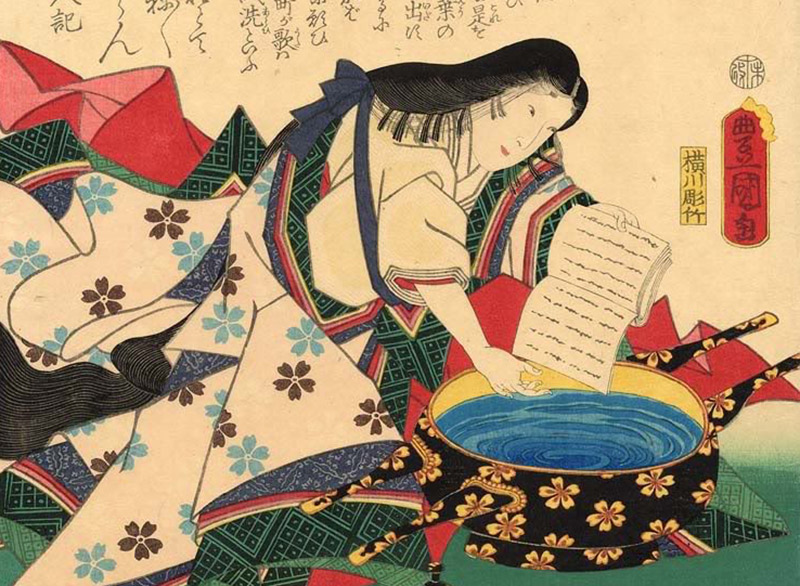
Sei Shonagon’s Pillow Book gives you a good feel for who she was and a taste of the Imperial court. The book has the feel of a diary. As I read it, I wondered if Sei Shonagon had kept an even more personal diary, one not intended for others to read. I wondered what similar, private pillow books contained, what concerns, joys, and tears these women wrote about. Such books may follow literary patterns, but they also help us learn about the personalities behind them. That is more important that gleaning historical facts. Sei Shonagon’s Pillow Book offers such value. It is an interesting, personal read that leaves you feeling as if you know a little about who she was.
References
Craig McCullough, Helen (1990) Classical Japanese Prose. Stanford University Press.
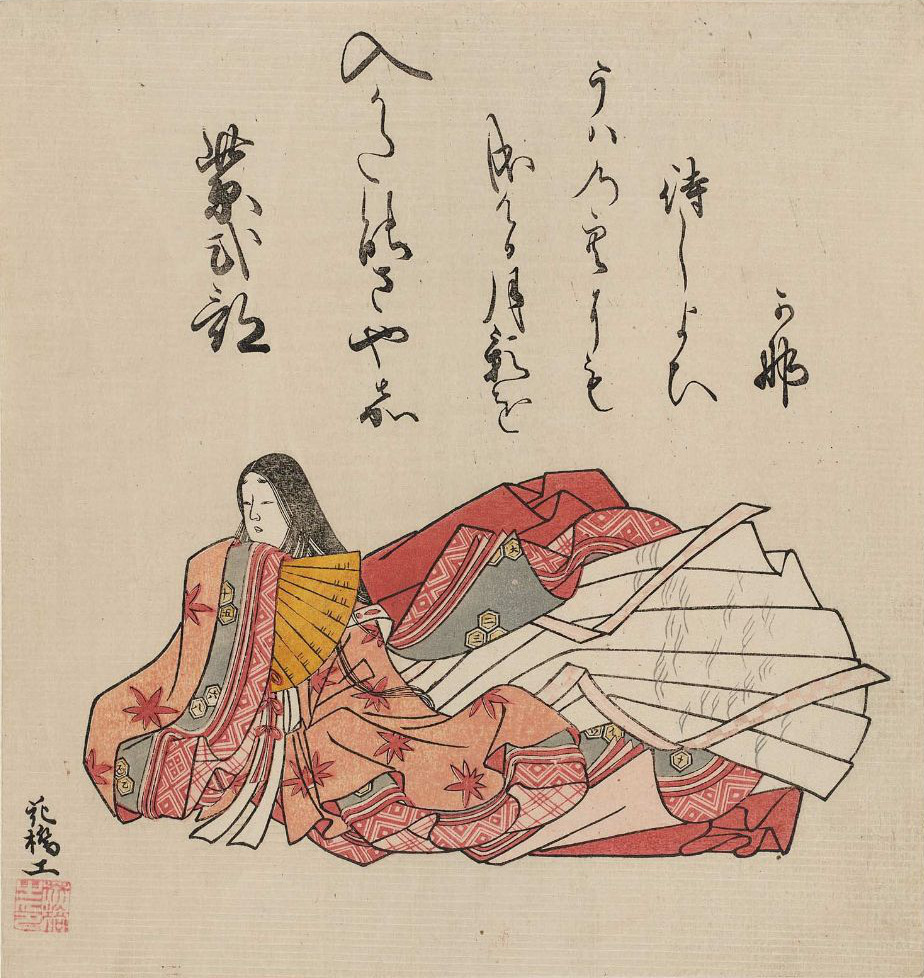
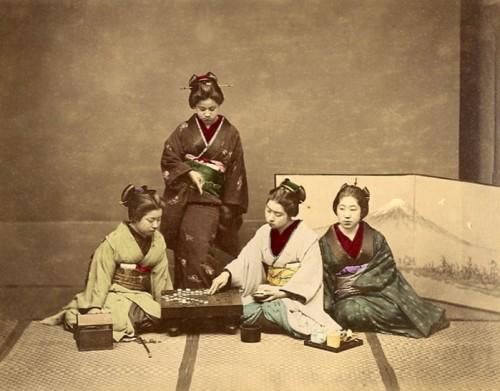
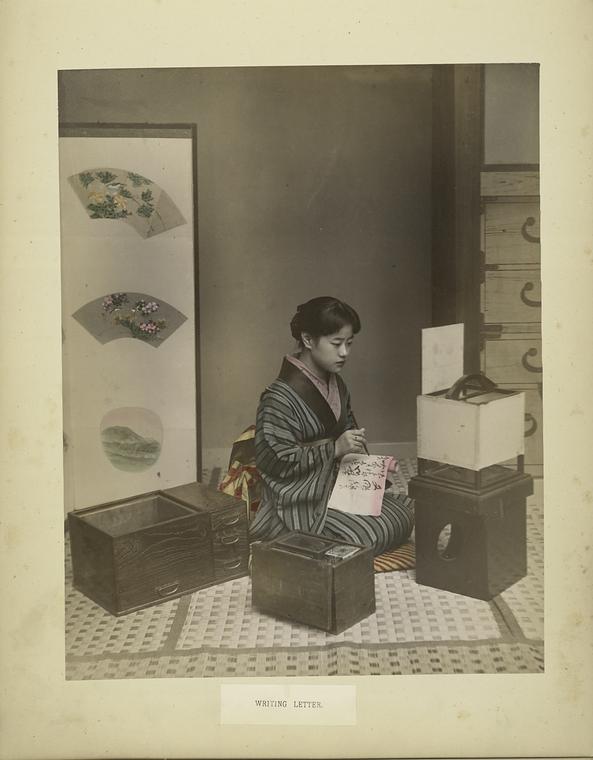
Had the pleasure of reading it last summer and fell forever in love! Now working on an essay based on her life and work. So many of her observations hold true today!
Her relevance and the relevance of writers like Lady Nijgo and Murasaki surprised me. Their writings show people haven’t really changed.